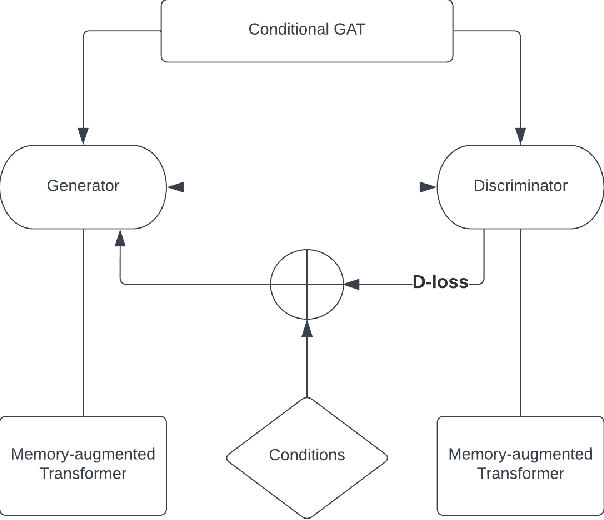Roy de Kleijn
Shaping Shared Languages: Human and Large Language Models' Inductive Biases in Emergent Communication
Mar 06, 2025Abstract:Languages are shaped by the inductive biases of their users. Using a classical referential game, we investigate how artificial languages evolve when optimised for inductive biases in humans and large language models (LLMs) via Human-Human, LLM-LLM and Human-LLM experiments. We show that referentially grounded vocabularies emerge that enable reliable communication in all conditions, even when humans and LLMs collaborate. Comparisons between conditions reveal that languages optimised for LLMs subtly differ from those optimised for humans. Interestingly, interactions between humans and LLMs alleviate these differences and result in vocabularies which are more human-like than LLM-like. These findings advance our understanding of how inductive biases in LLMs play a role in the dynamic nature of human language and contribute to maintaining alignment in human and machine communication. In particular, our work underscores the need to think of new methods that include human interaction in the training processes of LLMs, and shows that using communicative success as a reward signal can be a fruitful, novel direction.
Memory-Augmented Generative Adversarial Transformers
Feb 29, 2024



Abstract:Conversational AI systems that rely on Large Language Models, like Transformers, have difficulty interweaving external data (like facts) with the language they generate. Vanilla Transformer architectures are not designed for answering factual questions with high accuracy. This paper investigates a possible route for addressing this problem. We propose to extend the standard Transformer architecture with an additional memory bank holding extra information (such as facts drawn from a knowledge base), and an extra attention layer for addressing this memory. We add this augmented memory to a Generative Adversarial Network-inspired Transformer architecture. This setup allows for implementing arbitrary felicity conditions on the generated language of the Transformer. We first demonstrate how this machinery can be deployed for handling factual questions in goal-oriented dialogues. Secondly, we demonstrate that our approach can be useful for applications like {\it style adaptation} as well: the adaptation of utterances according to certain stylistic (external) constraints, like social properties of human interlocutors in dialogues.
 Add to Chrome
Add to Chrome Add to Firefox
Add to Firefox Add to Edge
Add to Edge